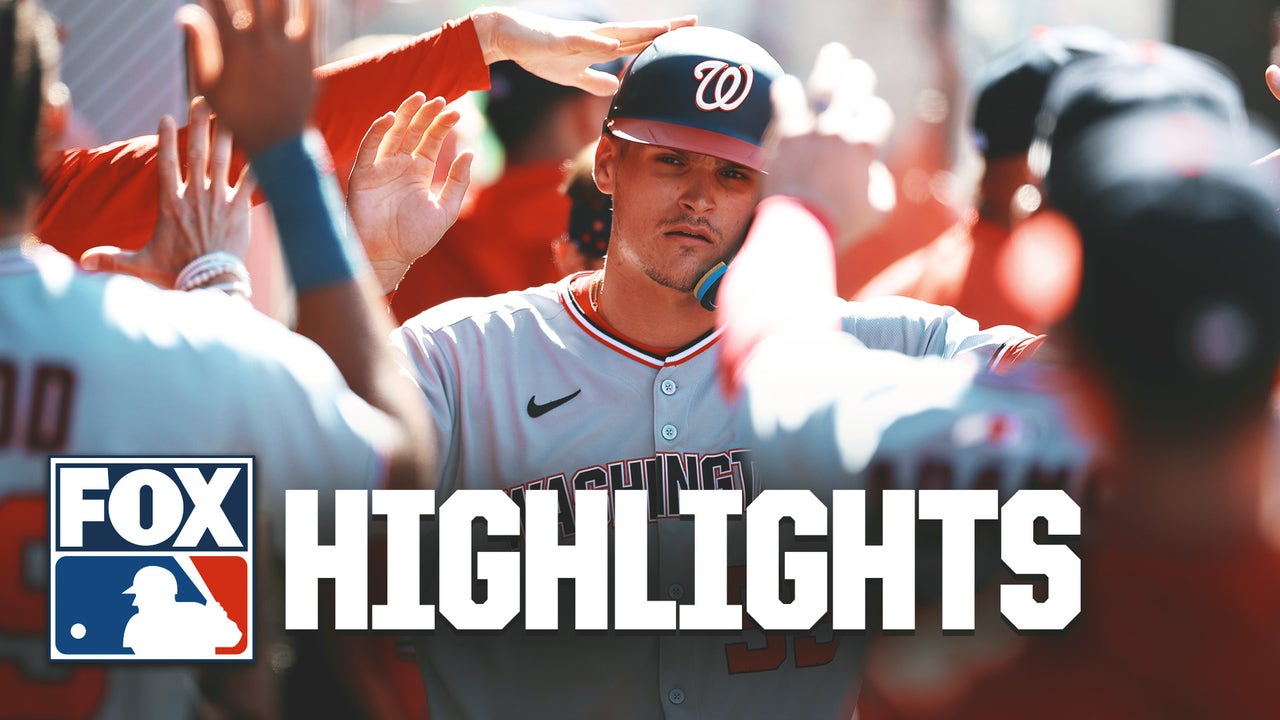UN nuclear watchdog to visit Tehran as Iran enriches uranium at its highest level ever
The IAEA will send a delegation to Tehran on Dec. 18 to clarify outstanding issues linked to nuclear particles discovered at undeclared Iranian sites.

The flag of Iran is seen in front of the building of the International Atomic Energy Agency (IAEA) Headquarters on May 24, 2021 in Vienna, Austria.
Michael Gruber | Getty Images News | Getty Images
The U.N.'s nuclear watchdog will send a delegation to the Iranian capital of Tehran on Dec. 18 to clarify outstanding 'safeguards' issues, linked to nuclear particles discovered at Iranian nuclear sites.
"At the invitation of Iran, an IAEA technical team will be in Tehran on Sunday 18th December 2022 aiming at addressing the outstanding safeguards issues previously reported by IAEA Director General Grossi," the agency said in an emailed statement, using the acronym for the International Atomic Energy Agency.
Earlier on Dec. 14, Iranian state news agency Irna reported IAEA officials would visit Iran in the coming days. It cited Mohammad Eslami, head of the Atomic Energy Organization of Iran, as expressing hope that this interaction would remove obstacles and ambiguities.
The visit from the IAEA comes as Iran is enriching uranium at the highest levels in its history — one technical step away from weapons-grade, the nuclear watchdog agency has warned.
Iran participates in the Nuclear Nonproliferation Treaty, which requires it to implement safeguards on "all source or special fissionable material in all peaceful nuclear activities within the territory of such State, under its jurisdiction, or carried out under its control anywhere."
In June, the IAEA called on Tehran to "act on an urgent basis to fulfill its legal obligations" and expressed concerns over "multiple uranium particles of anthropogenic origin" discovered at three locations in 2019 that the agency said Iran had not disclosed to it – Turquzabad, Varamin and Marivan.
Enriching uranium at 60% purity
The IAEA probe is separate from protracted talks between Tehran and western powers to reach a new nuclear deal, hoped to pave the path for the lifting of U.S. economic sanctions against Tehran. But Iranian negotiators have sought to have the investigation terminated in order to move forward on talks, which have been stalled for several months.
Washington withdrew from the Iranian nuclear deal, formally called the Joint Comprehensive Plan of Action (JCPOA), in 2018 under former President Donald Trump, and subsequently imposed sweeping sanctions on Iran that have hobbled its economy. Iran's stockpile of fissile material has expanded rapidly since then, particularly in the last two years.
An annotated satellite image of construction at Iran's Natanz uranium enrichment facility, with analysis by the Middlebury Institute of International Studies at Monterey.
Photo: Planet Labs Inc. | AP
Iran announced in November that it is enriching uranium at 60% purity at its underground Fordo nuclear plant. That is one technical step away from weapons grade enrichment, which is 90% purity.
Under the 2015 nuclear deal — which was spearheaded by the Obama administration and other major powers and lifted economic sanctions on Iran in exchange for curbs to its nuclear program — Iran's uranium enrichment was limited to 3.67%, enough for a civilian nuclear energy program.
Tehran "now has enough fissile material to build a bomb, although more enrichment would be necessary to create a modern nuclear weapon," analysts at the International Institute for Strategic Studies wrote in a mid-November report. "These points together indicate that Iran is on the precipice of becoming a nuclear-threshold state, if it is not one already."
Mass protests and JCPOA talks
The 60% nuclear enrichment announcement, and the IAEA visit, come against the backdrop of mass protests rocking Iran in scores of cities across the country.
The protests were set off by the death of 22-year-old Mahsa Amini while in police custody, a young Kurdish Iranian woman who was arrested for allegedly violating the country's strict headscarf laws. The unrest has swelled into a broader movement calling for the downfall of the Islamic Republic in full, and has been met with violent crackdowns and executions by the government.
A group of students burned some veils as a form of protest. Protest in front of the embassy of Iran organized by Iranian students living in Rome to protest against violence of Iranian regime and against death of Mahsa Amini. What makes these economic conditions more "difficult to bear" for the young is that they are "better educated" than their older counterparts who are the ones who make the rules and run the country, according to a professor at Virginia Tech.
Matteo NardonePacific Press | Lightrocket | Getty Images
But despite the brutal state response to protesters and Iran's supplying of lethal drones to Russia for its war in Ukraine — both acts of which have prompted more Western sanctions — "the definitive death of the JCPOA is not a foregone conclusion," Henry Rome, a senior fellow at the Washington Institute for Near East Policy, told CNBC.
"For Western governments, the greatest impediment to the deal is not the war or domestic bloodshed but Iran's positions on issues like the IAEA probes," he said. "If Tehran were to back off those positions, a deal is realistic possibility, despite the immense political cost it would exact on Western leaders, especially in the U.S."

 FrankLin
FrankLin 
























![Is Your SEO Strategy Built for the AI Era? [Webinar] via @sejournal, @hethr_campbell](https://www.searchenginejournal.com/wp-content/uploads/2025/07/6b-240.png)






